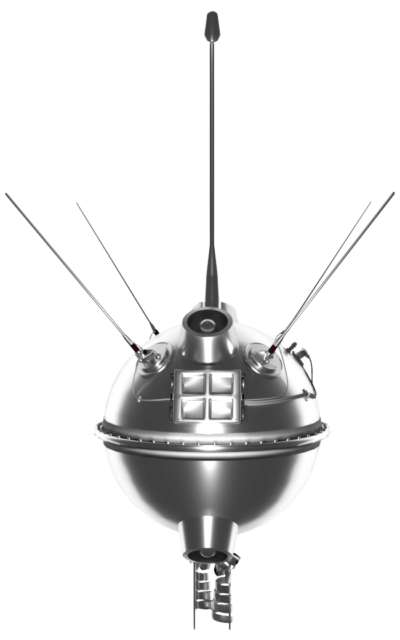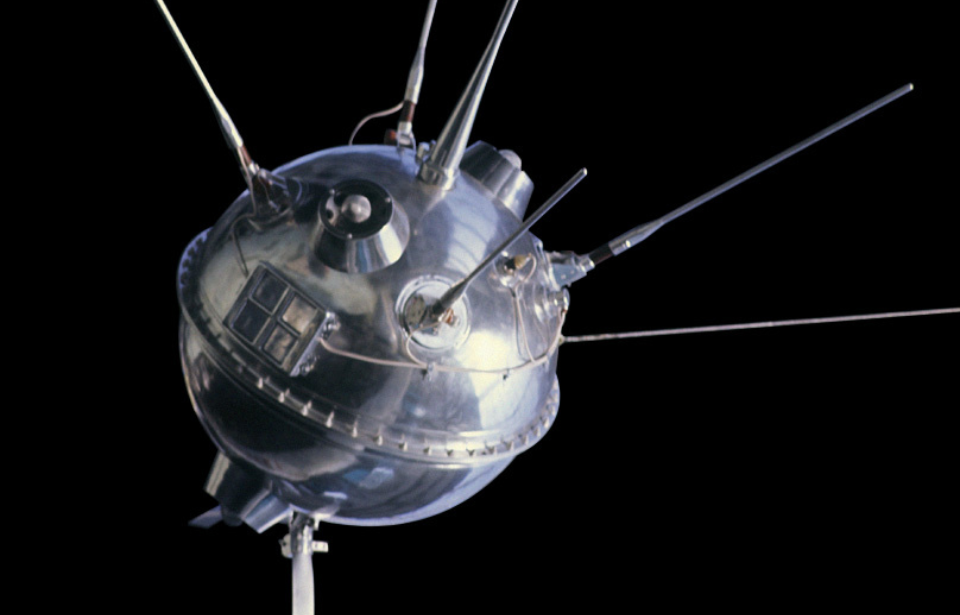On January 2, 1959, the Soviet Union launched Luna 1, a spacecraft that forever changed humanity’s understanding of space. Luna 1 was the first human-made object to reach the vicinity of the Moon and the first to orbit the Sun. Its journey marked a monumental step in space exploration, showcasing the technological advances of the Soviet space program during the height of the Space Race.

Luna 1, often called “Mechta” (Dream) by Soviet scientists, was designed to study the Moon. Its mission was to crash into the Moon’s surface, gathering data during its approach. The spacecraft carried scientific instruments to measure cosmic rays, solar wind, and magnetic fields, making it a scientific pioneer in space. Although it missed its intended target due to a trajectory error, Luna 1 achieved something even more extraordinary: it passed within 5,995 kilometers (3,725 miles) of the Moon and entered orbit around the Sun.
As the first spacecraft to leave Earth’s gravitational pull, Luna 1’s journey was full of firsts. It released a cloud of sodium vapor, creating a bright, visible trail that allowed scientists to track its path. Luna 1 also became the first spacecraft to detect the solar wind, the continuous stream of charged particles flowing from the Sun. This discovery had a profound impact on our understanding of the space environment.
Luna 1’s success was a major victory for the Soviet Union in the Cold War’s Space Race. At the time, the United States was also striving to make breakthroughs in space exploration, but Luna 1’s achievements showcased Soviet leadership in this new frontier. This mission, following the launch of Sputnik just two years earlier, solidified the USSR’s dominance in early space exploration.
More from us: Ham The Astrochimp Was A Hero Of The Space Race — But At What Cost?
Would you like to see more daily historical content from The Vintage News? What if we sent it directly to your inbox every day? Sign up here to receive our daily Today in History posts.
Though Luna 1 did not complete its original mission of impacting the Moon, its legacy remains significant. It paved the way for future lunar missions and interplanetary exploration. As the first artificial object to orbit the Sun, Luna 1 symbolized humanity’s growing ability to venture beyond Earth, inspiring generations to reach for the stars.
